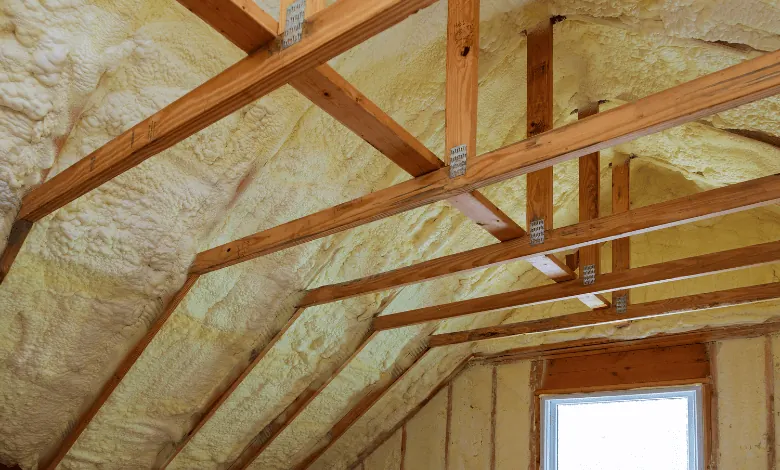Insulating Your Home: A Cost-Effective Solution to Reduce Energy Bills

Proper insulation is a key component of energy-efficient homes, helping to regulate indoor temperatures, minimize heat loss, and reduce energy consumption. By investing in high-quality insulation, homeowners can create a more comfortable living environment while also significantly lowering their energy bills.
In this guide, we’ll explore the importance of home insulation and provide some practical tips for insulating different areas of your home to maximize energy efficiency and cost savings.
Understanding the Benefits of Home Insulation
Insulating your home is crucial for maintaining both thermal comfort and energy efficiency. By properly sealing and insulating your home, you can significantly reduce heat transfer through walls, floors, and ceilings, which ultimately decreases the workload on heating and cooling systems. This results in consistent indoor temperatures throughout the year, keeping your home warm during winter and cool during summer without excessive energy usage.
Moreover, adequate insulation not only lowers utility bills but also promotes sustainability by reducing overall energy consumption and environmental impact. Working with companies like Green Improve can ensure that you get any grants toward home insulation that you might qualify for.
Identifying Areas for Insulation
To maximize energy savings, it’s essential to identify areas of your home that may require insulation. Common areas that can benefit from insulation include walls, attics, floors, crawl spaces, and basements. Insulating these areas helps create a thermal barrier that prevents heat from escaping during colder months and blocks heat from entering during warmer months. Additionally, insulating doors, windows, and ductwork can further improve energy efficiency and comfort levels throughout your home.
Choosing the Right Insulation Materials
When insulating your home, selecting the right insulation materials is crucial for achieving optimal results. Common types of insulation include fiberglass, cellulose, spray foam, and rigid foam board. Each type of insulation has its advantages and considerations, such as R-value (thermal resistance), moisture resistance, and installation method. Consider your climate, budget, and specific insulation needs when choosing the most suitable insulation materials for your home.
Insulating Walls and Attics
Walls and attics are significant areas of heat loss in many homes, making proper insulation essential. In existing homes, adding insulation to walls may require professional installation methods, such as blown-in insulation or foam injection. In attics, installing batt or roll insulation between joists or blown-in insulation above existing insulation can help to prevent heat loss through the roof. Proper ventilation is also essential in attics to prevent moisture buildup and maintain insulation effectiveness.
Insulating Floors and Crawl Spaces
Insulating floors above unconditioned spaces such as crawl spaces or garages can help prevent heat loss and improve energy efficiency. Installing insulation batts or rigid foam board insulation between floor joists can effectively reduce heat transfer between floors. In crawl spaces, insulating walls and floors with moisture-resistant insulation materials can help to prevent moisture damage and improve indoor air quality.
Conclusion
Investing in home insulation is a cost-effective way to reduce energy bills, improve comfort, and enhance overall energy efficiency. By properly insulating key areas of your home, such as walls, attics, floors, and crawl spaces, you can create a more comfortable and sustainable living environment while saving money on heating and cooling costs.
Whether you’re retrofitting an existing home or building a new one, prioritizing insulation as part of your energy-saving strategy can yield significant long-term benefits for both your wallet and the environment.






